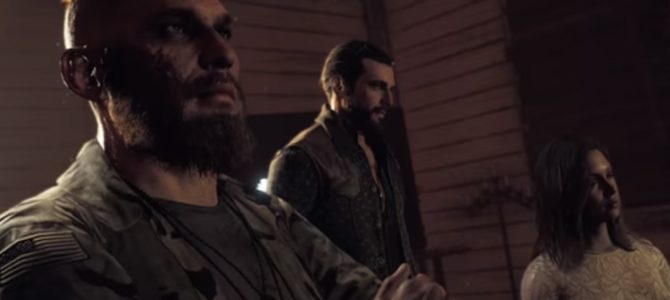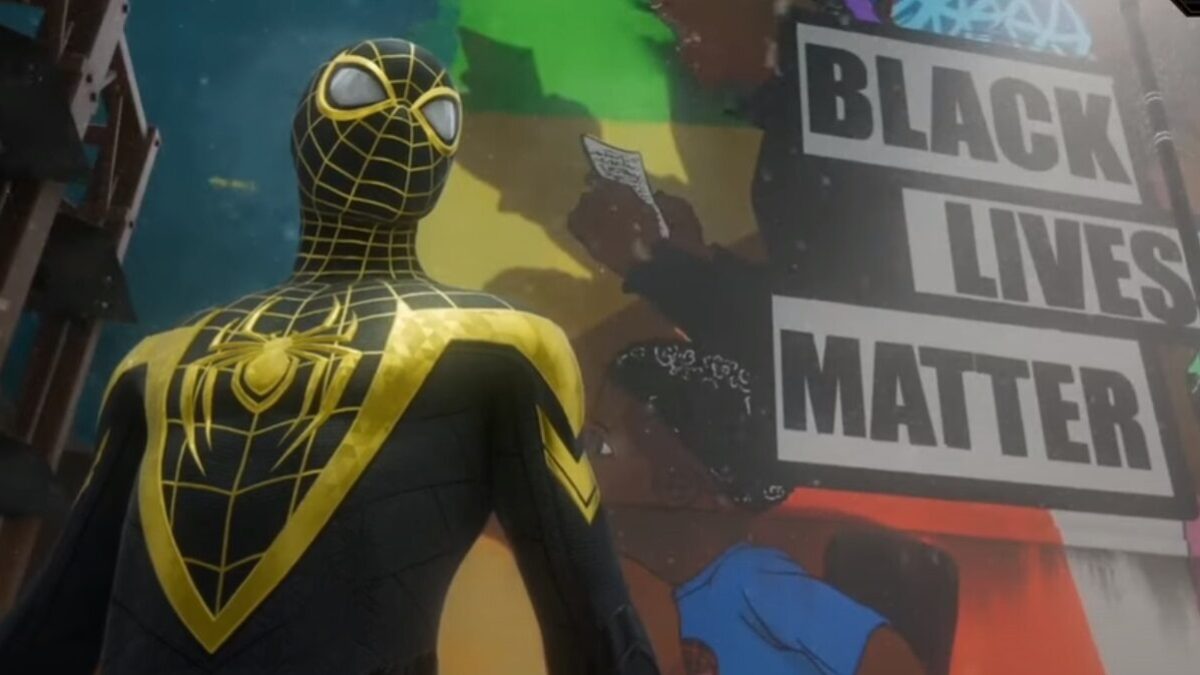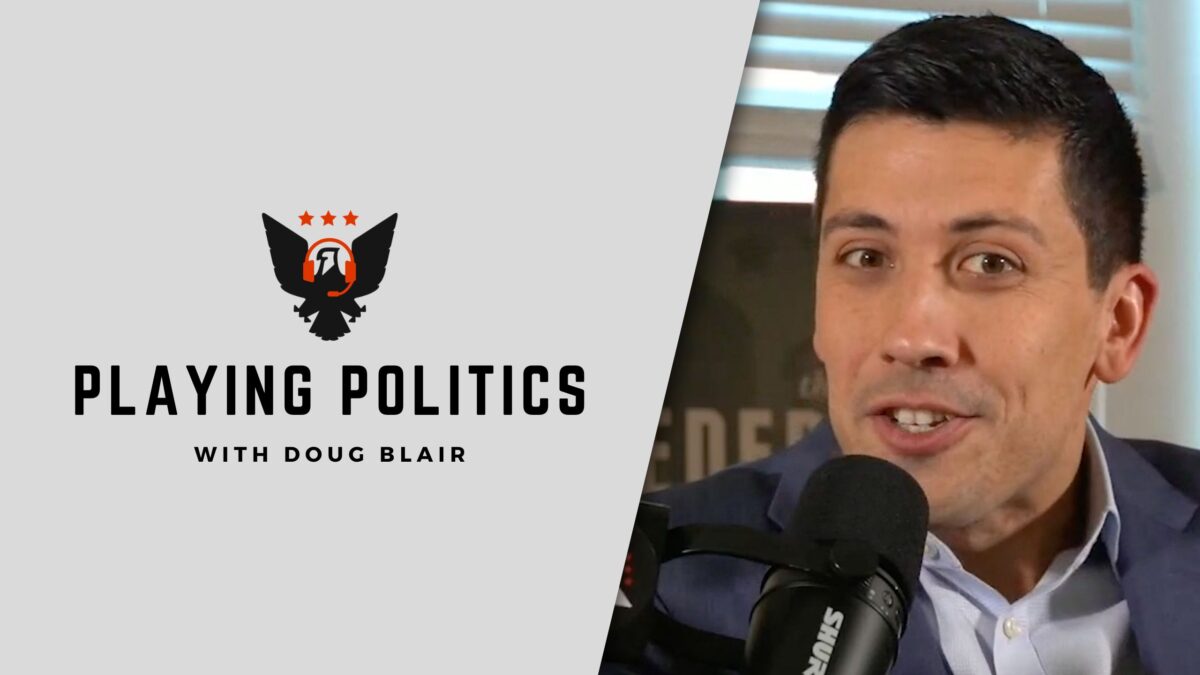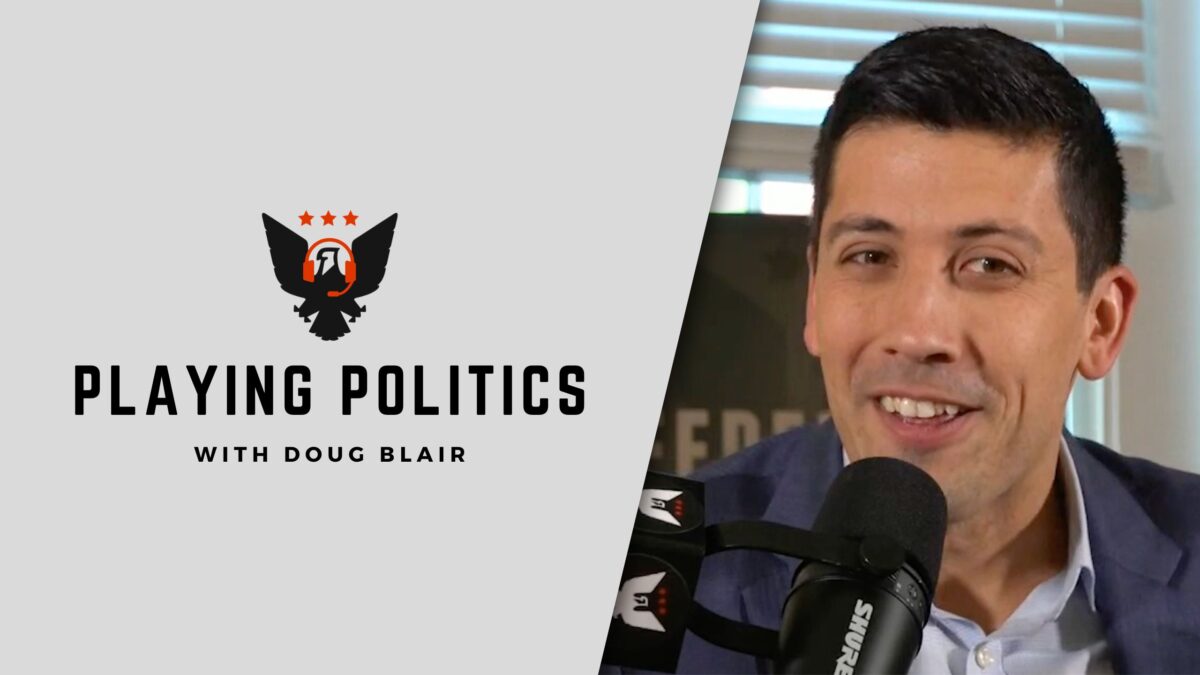
I have an odd habit when choosing entertainment. I read the entire plot summary on Wikipedia or wherever will put one up. This is my way of making sure the story is worth the time, money, and emotion I hope to later invest in it. The one time I didn’t, I wasted nearly $50. I’m looking at you, “Call of Duty: Ghosts.”
I’m glad I did this for a game I was truly excited about, “Far Cry 5.” Set amidst the fictional Hope County in rural Montana, it’s a terrific, beautiful, and well-crafted open-world game full of promise. I’d been deeply dissatisfied with playing the previous entry, and was hoping it wouldn’t let me down. It did.
Far Cry games start off powerfully, establishing the stakes and the struggle to survive right away. “5” is no exception. You can see its powerful, if logic-defying, opening cutscene here. We’re a deputy sheriff sent to arrest Joseph Seed, the leader of a militaristic doomsday cult, who with his three siblings is forcibly converting and enslaving the locals.
Needless to say, it goes badly wrong. It’s up to us to rescue our fellow lawmen and, since further help won’t be coming, build a resistance movement, take down the cult, and save the day. When it was revealed that “Far Cry 5” would come to America for the first time, there were twitters of delight. Would it skewer President Trump? What would be the backlash of featuring white American “Christians” as the enemy?
Red America Is a Red Herring
This section of the article includes major spoilers.
When the game was finally released in late March, more politically minded reviewers complained that the writers didn’t take a hard enough line on their favorite issues. Edmond Tran of GameSpot writes: “[Despite] Far Cry 5’s unquestionably relevant, religiously and politically volatile setting, the game doesn’t do or say anything interesting with it beyond a few hammy jabs here and there.”
It seems that despite all the hoopla surrounding “Far Cry 5,” political aims took a back seat to big, dumb fun. Andrew Webster of The Verge points out: “[In] Far Cry 5, a game that directly evokes some of the most malignant elements of American culture and politics, [avoiding politics] feels particularly disingenuous. By using the imagery of modern-day American turmoil, it creates the illusion that it has something to say, then stubbornly refuses to say anything.”
There’s very little in it to turn off Red America, despite how it looks on the surface. But play to the end of the game, and its real theme surfaces. It’s one that, rightly or wrongly, reviewers can’t spoil by sharing it.
So I’ll do it here. Both endings leave you and your team prisoners of Seed’s will, even more powerless than when you started. In one ending, Seed is left alone to continue his reign of terror, and it’s heavily implied that he brainwashed your character into joining him and turning on your fellow lawmen.
In the other, everything you’ve grown to care for is turned against you or killed when a nuclear explosion destroys Hope County. You’ve supposedly succeeded in arresting Seed, only for him to escape, overpower you and your team, and drag you to the bunker you started the game at. The bunker’s owner, a kind character who helped you before, lies dead on the floor. In other words, all the time you put in achieves nothing in the end.
The Ending Must Be Worth the Effort
Despite their backstory (or lack thereof), “Far Cry 4” and “5’s” protagonists are often blank-slate characters who only exist as vehicles for the player to experience the story. This is especially clear in “4.” We overthrow the evil dictator of the Himalayan country of Kyrat, only to find that the rebels we’ve been helping all along are just as tyrannical, if not worse. For all the people we’ve killed and all the power we’ve got, we’re ultimately just tools in others’ hands.
You earn the ending of a video game through your skill and growth as a player. The earlier “Far Cry 3” has two endings—a happier one where we successfully rescue our friends, repair our boat and escape; and a disturbing one in which we’re ritually murdered and everyone we’ve fought to save ends up dead. In retrospect, Ubisoft’s writers were already flirting with nihilistic, gloomy endings, and would only openly declare it in the following games.
Yet this isn’t the case in Far Cry games not set in the modern world. The endings you get in the Paleolithic Age-set “Primal” or the zany DLC “Blood Dragon” feel like the ending you earned. Those of “4” and “5” do not. In the former, you really feel that you’ve pulled off an incredible victory, no matter the cost. In the latter, all your efforts have secured is either disappointing failure, or total destruction.
Gaming Violence Has a Context
In gaming, we’re active participants in often horrific violence against other human characters, so it’s vastly more important to set it in a proper context. “Far Cry 5’s” cult is evil, often cartoonishly so, yet the game also features townspeople who have to engage in violent resistance because they have no other choice. This affirms that why something is done is even more important than the action itself. As William F. Buckley put it:
… to say that the CIA and the KGB engage in similar practices is the equivalent of saying that the man who pushes an old lady into the path of a hurtling bus is not to be distinguished from the man who pushes an old lady out of the path of a hurtling bus: on the grounds that, after all, in both cases someone is pushing old ladies around.
Ubisoft appears to do this, making the systematic destruction of the cult both fun in the moment and satisfying afterwards. Then the game yanks the rug from under our feet. Implicitly, we’re blamed for even stepping onto the rug in the first place.
“Far Cry 5’s” political point, whether its writers were aware of it or not, is not that guns, religion, or even militias are good or bad. Instead, it’s a bitter, overarching nihilism—that despite your best efforts, although you’ve taken great pains to tear Seed’s cult to shreds, something will turn up to destroy everything you’ve given your all towards. Whatever you just spent hours learning and doing, it’s all utterly meaningless in the end. It will either turn out they’re just as bad (and possibly worse) as in Kyrat’s Golden Path, or they’ll wind up dead because the villains afflicting Hope County were even more powerful than you thought.
Now, sometimes this actually is the case in the real world, and our best efforts wind up coming to nothing or even making things worse. But people don’t need to go to the trouble of building a pretend one to prove that point. Those slick, painstakingly crafted games simply become exercises in copying the Bible’s book of Ecclesiastes: “Vanity of vanities; all is vanity,” without even the hope that God will make things right.
Nor is this issue confined to Ubisoft. Its rivals EA and Activision have both put out similar big-budget games with downer endings. “Mass Effect 3” rewarded hundreds of hours of gameplay (across three epic games!) with 10 minutes of vague cutscenes that tore apart the galaxy we’d saved again and again. The aforementioned “Ghosts,” from Activision, has the villain coming back from being shot through the heart moments earlier, and capturing your now-helpless character.
Idealism Is the Real Victim Here
In short, too many supposedly epic AAA games’ nihilistic endings reveal them for what they are: less fun diversions from reality than direct shots at the very need for ideals and leaving the world better than when we entered it. I don’t know if their writers specifically intend to convey a message, but that’s the one that hits home on finishing each game.
If that’s really the case, why not exert what power you can while it lasts? Why not prey on those weaker than yourself? Why not give in to whatever urges you want, and use everything at your disposal to get them?
The Far Cry series is brilliant, immersive game design married to meaninglessness and ennui as writing choices. Something will have to give before I (and hopefully we) can trust top-tier gaming again. C. S. Lewis got at the heart of why villains must get their comeuppance:
Since it is so likely that [children] will meet cruel enemies, let them at least have heard of brave knights and heroic courage. Otherwise you are making their destiny not brighter but darker. […] Let there be wicked kings and beheadings, battles and dungeons, giants and dragons, and let villains be soundly killed at the end of the book.
In the end, we the hero may have paid a terrible price. Let that price have been worth it, and gaming will be sending the right message after all. Perhaps it’s time to heed Samwise Gamgee’s words in “The Lord of the Rings: The Two Towers”: “There’s some good in this world, Mr. Frodo. And it’s worth fighting for.”









